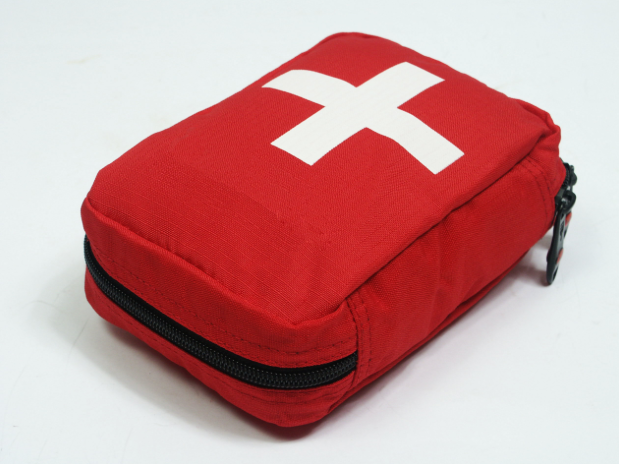
Even though modern cars are much more reliable these days, failures can happen and emergencies can crop up.
To get through any emergency you find yourself facing, there’s certain basics you should think about including in your vehicle. Between them, these three things could be the difference between a modest inconvenience and a traumatic incident. None of them are expensive, they don’t take up much room, and best of all, they’re relatively straightforward to operate.
Fire extinguisher
The majority of vehicle fires start in the engine compartment – data from the US shows that once flames occur in the engine, it takes an average of four minutes for the fire to reach the passenger compartment.
If a fire breaks out in your vehicle then you should:
make sure that everyone is out of the vehicle
call the fire service before attempting to extinguish the fire
use your extinguisher only to keep a small, smouldering, contained fire from growing or to create a safe pathway from the vehicle
read the instructions and become familiar with your fire extinguishers parts and operation BEFORE a fire breaks out.
One school of thought is to use the PASS system:
Pull the pin. Hold unit upright.
Aim at the base of the fire.
Squeeze the trigger.
Sweep from side to side.
It’s important to choose the correct type of fire extinguisher; in the case of a motor vehicle it needs to be capable of handling Class A, B and E fire types. The New Zealand Fire Service lists ABE Dry Powder as the preferred type, with Foam as the alternative choice.
Motor vehicle fire extinguishers are relatively small, so it should be easy to fit them into your boot space – this avoids the risk of being struck by it during a collision.
First aid kit
Accidents can range from a stubbed toe at the beach through to major cuts and burns as the result of a crash. The first few minutes spent attending to an injury are amongst the most important, so you need to ensure that you carry a first aid kit that contains some essential items.
The first priority is to take care of your patient’s primary needs (their ABCs – airway, breathing, and circulation), then look after their secondary needs (serious bleeding, shock, and spinal injuries). While most times the first aid kit is used, it won’t be for an accident that involves serious injury, you need to be prepared for a worst case scenario: when the emergency services are either delayed or unavailable, and you are the one who must provide extended care to the victim.
Some of the things you might like to include in your automotive first aid kit – note this list is not intended to be all inclusive, nor the only list you should consult.
A durable case – preferably with compartments for storage and ease of access, but that’s flexible enough to fit in your vehicle – many gloveboxes these days aren’t big enough to accommodate a decent sized kit.
A good First Aid reference manual – as a reminder of practices and protocols.
Gloves (latex or nitrile) – at least two pairs.
Large absorbent dressings (120mm x 200mm or larger) – to stop or control bleeding.
Sterile gauze pads, various sizes – to stop bleeding and dress wounds.
Roll bandages, various sizes – to dress wounds.
Self-adhesive bandages, various types and sizes – to dress minor wounds.
Steri-strips (butterfly bandages) – for closing wounds.
Adhesive tape – to dress wounds.
Non-adherent pads, various sizes – for burn wounds.
Triangular bandages – for immobilisation of dislocations and fractures.
Cotton-tipped swabs – for cleaning wounds and applying ointments.
Scissors – capable of cutting clothing.
Emergency blanket – for warmth and treatment of shock.
Antiseptic solution or wipes – to clean wounds.
Antibiotic ointment – for wound treatment.
Ibuprofen – to reduce swelling and for patient comfort.
Safety triangles
While included with new vehicles by some distributors (either as a stand-alone device or built in to the underside of the boot lid), safety triangle warning devices are not yet mandatory in New Zealand. This doesn’t mean it’s not a good idea to have one. They are very good for increasing your safety and that of others, should you be involved in an accident or breakdown.
Safety triangles are relatively small but useful devices that can help warn any traffic approaching from the rear that there is an accident or incident ahead. Made from a variety of materials and measuring around 35cm each side, safety triangles are placed on the road and feature reflectorised panels that are visible to approaching traffic.
Many models fold up, come with their own carry-case, don’t take up too much room, and are available from around $15 upwards.
Supplied by MTA
